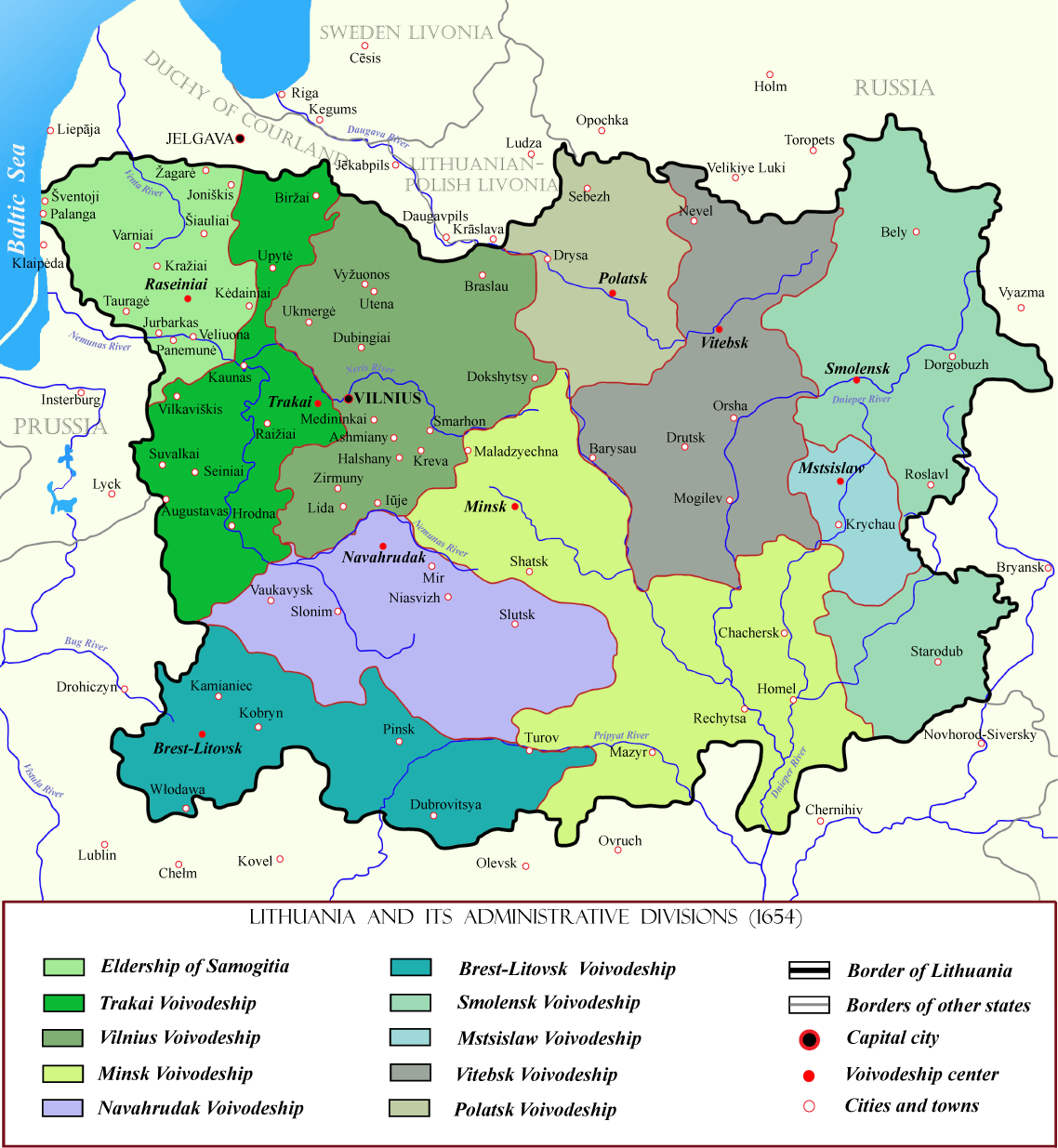The Magnus Ducatus Lituaniae [Grand Duchy of Lithuania] genetic project aims to analyze advanced genomic structure and levels of admixtures in individuals descending from the residents of the former Grand Duchy of Lithuania*
*[further denoted as MDL descendants].
- Project rationale
At the current moment, the project has one major goal: to build a sample (c.50-100 individuals) of MDL descendants (who have previously tested with 23andMe), which is statistically valid for inferring ancestry and admixture of individuals participated in project.
- The protection of privacy and confidentiality
Privacy - Your raw genetic data will not be shared with anyone and it will not be analyzed for anything other than ancestry or admixture.
Confidentiality - in order to protect confidentiality, a unique ID will be assigned to each participant of the project.
Under Directive 95/46/EEC, each participant will retain the right to get information on what data are recorded, how they are recorded and which methodologies are used.
- Criteria of participation
Generally,you are eligible to participate, if all of your 4th grandparents fall within the category of MDL descendants, i.e your grandparents came from the territory of the former Grand Duchy of Lithuania (1569-1795).
At present, i am looking for participants
- Belarusians
- Lithuanians (including Lithuanians from region of Samogitia and Prussia)
- Poles (from Lithuania propria and eastern parts of Poland - Mazovia and Podlasie)
- Latvians from Latgale (the former Inflanty Voivodeship -"polish" Livonia)
In order to participate, you should provide me with compressed genotype file from 23andMe.Send it to vadimverenich (a) gmail.com.
- Preliminary results of project
- You will receive a detailed Plink analysis, including the estimation of homozygous ROH (shared clusters and groups of homozygosity), possible Mendelian errors, extended LD-haplotypes (based on values of R2), shared IBD segments and IBS matrix (Plink format).
- You will receive your genotype file in haploid phase (this is a separate analysis demanding genotypes of your parents, so it will not be performed on a regular base) (Beagle or Merlin output format).
- You will receive the list of IBD segments detected by AISconvert (based on HIRsearch) and Germline software.
- Your data will be included in STRUCTURE analysis for detecting admixture clusters (see example of STRUCTURE output below)
- You will receive MDS plot showing your relative position to other participants of project (see example below)
- You will receive RHHmapper schemes showing the location of rare heterozygous and homozygous genotypes


No comments:
Post a Comment